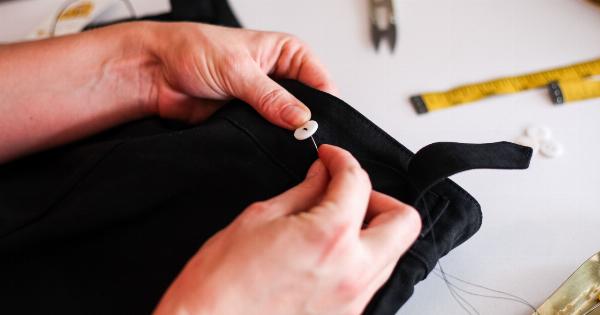Deep vein thrombosis or DVT is a condition in which blood clots form in the deep veins of the body, most commonly in the legs. If left untreated, DVT can lead to serious complications such as pulmonary embolism, which can be fatal.
Foot symptoms can be an early warning sign of DVT. In this article, we will discuss foot symptoms of DVT and when to seek help.
What is deep vein thrombosis?
Deep vein thrombosis is a condition in which blood clots form in the deep veins of the body, most commonly in the legs. These blood clots can restrict blood flow and cause swelling and pain.
If left untreated, DVT can lead to serious complications such as pulmonary embolism, which can be fatal.
Foot symptoms of deep vein thrombosis
Foot symptoms of deep vein thrombosis can vary from person to person. Here are some common foot symptoms:.
1. Swelling
One of the most common foot symptoms of DVT is swelling. If you notice that your foot is swollen and tender to the touch, it could be a sign of DVT.
It is important to note that swelling alone does not always mean that you have DVT, as there are many other conditions that can cause swelling in the foot. However, if you notice that your foot is swollen and you have other symptoms, it is important to seek medical help immediately.
2. Redness
Another foot symptom of DVT is redness. If you notice that your foot is red and warm to the touch, it could be a sign of DVT. Redness and warmth are often accompanied by swelling and pain.
3. Pain
Pain is a common symptom of DVT. If you experience pain in your foot that is not relieved by rest or painkillers, it could be a sign of DVT. The pain may be a deep, aching pain or a sharp, stabbing pain.
It may also be accompanied by swelling, redness, and warmth. It is important to seek medical help immediately if you experience pain in your foot.
4. Tenderness
Tenderness in the foot is another common symptom of DVT. If you notice that your foot is tender to the touch, it could be a sign of DVT. Tenderness is often accompanied by swelling, redness, and warmth.
When to seek help
It is important to seek medical help immediately if you experience any foot symptoms of DVT. If left untreated, DVT can lead to serious complications such as pulmonary embolism, which can be fatal.
If you experience any of the following symptoms, seek medical attention immediately:.
- Sudden swelling in one or both legs
- Pain or tenderness in one or both legs, even if it is only when you walk or stand
- Warmth in the skin of one or both legs
- Red or discolored skin in one or both legs
- Veins that are swollen, tender, or hard to the touch
- Shortness of breath or chest pain
Preventing deep vein thrombosis
There are several steps you can take to prevent DVT:.
- Exercise regularly
- Maintain a healthy weight
- Avoid sitting or standing for long periods of time
- Elevate your legs when sitting or lying down
- Wear compression stockings
- Take medication as prescribed
Conclusion
Deep vein thrombosis can be a serious condition if left untreated. Foot symptoms can be an early warning sign of DVT. If you experience any foot symptoms, it is important to seek medical help immediately.
There are several steps you can take to prevent DVT, including exercising regularly, maintaining a healthy weight, and wearing compression stockings. Taking steps to prevent DVT can reduce your risk of developing this condition.






























